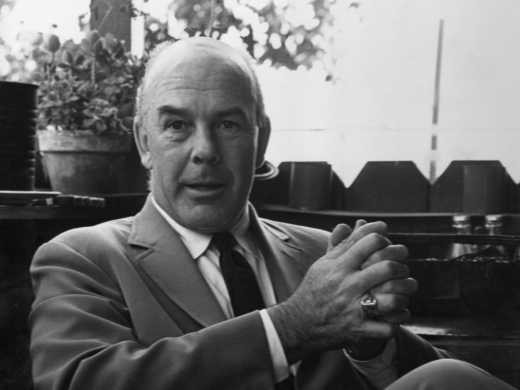Primary classification
Designations
Author(s)
How to Visit
Location
776 Torreyson DriveLos Angeles, CA, 90046
Country
US
Case Study House No. 21
Lorem ipsum dolor
Designer(s)

John Lautner
Architect
Nationality
American




American
1951
1960
1950-1951
John Lautner designed the Chemosphere Residence for Lenord Malin (an aerospace engineer in his twenties). Previous to the inauguration of Chemosphere, Lautner's importance as a modernist architect was waning, and Chemosphere became his most famous architectural structure. Malin inherited the land that is now occupied by Chemosphere from his father-in-law and envisioned him and his family settling into the some what space age home. Although John Lautner designed the home, Malin took a personal interest in the home and helped provide structural plans for the house. In addition, the Southern California Gas company sponsored the structure by providing the structure heat given that the structure was available for use in the the company's advertisements.